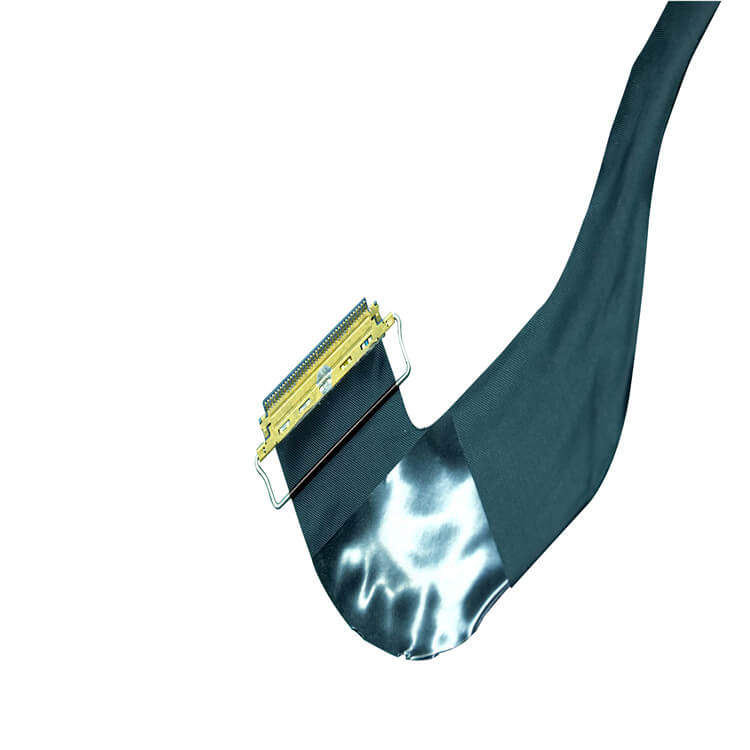Introduction
Quantum computing is no longer a futuristic concept—it’s reshaping industries today. As this groundbreaking technology advances, it demands equally innovative hardware solutions. One surprising area seeing rapid evolution? Micro-coaxial cables. These tiny yet critical components are undergoing transformative improvements to meet the unique challenges posed by quantum systems. In this article, we’ll explore how quantum computing is pushing micro-coaxial cable innovations forward, why this matters, and how these advancements benefit industries beyond tech.
Quantum computers rely on qubits (quantum bits) to perform calculations exponentially faster than classical computers. However, qubits are highly sensitive to environmental interference, such as electromagnetic noise or temperature fluctuations. To maintain stability, quantum systems require ultra-precise control and readout of signals.
This is where high-frequency, low-loss cabling becomes essential. Traditional cables struggle to transmit signals at the speeds and precision quantum systems demand. Enter micro-coaxial cables—miniaturized versions of coaxial cables optimized for high-frequency performance.

Micro-coaxial cables are engineered to transmit high-frequency signals with minimal loss and electromagnetic interference (EMI). Their design includes:
These features make micro-coaxial cables ideal for quantum computing, where even minor signal distortions can disrupt qubit coherence.
To meet quantum computing’s demands, engineers are reimagining micro-coaxial cables in three key areas:
Quantum systems operate at cryogenic temperatures (near absolute zero). Standard cables can become brittle or lose efficiency in such conditions. New micro-coaxial designs use advanced materials like flexible superconductors and low-temperature dielectrics to maintain performance in extreme environments.
In densely wired quantum processors, crosstalk (interference between adjacent cables) is a major issue. Innovations like double-shielded designs and asymmetric twisting minimize interference, ensuring cleaner signal transmission.
Building large-scale quantum computers requires thousands of qubits—and just as many cables. Manufacturers are developing modular micro-coaxial assemblies and automated installation techniques to streamline production and reduce costs.
While quantum computing drives these innovations, improved micro-coaxial cables have far-reaching impacts:
As quantum computing evolves, so will its supporting infrastructure. Expect advancements like:
Our factory offers high-quality products at competitive prices
IntroductionThe High-Temperature Resistant Micro-Coaxial Cable is a cutting-edge connectivity solution engineered to deliver exceptional performance in extreme thermal environments. Combining precision engineering with advanced mate.
Meta Description: Discover the advanced features and benefits of Industrial Micro-Coaxial Wiring—engineered for precision, durability, and high-speed signal transmission in industrial environments. What is Industrial Micro-Co.
Feel free to reach out to us for any inquiries or orders.